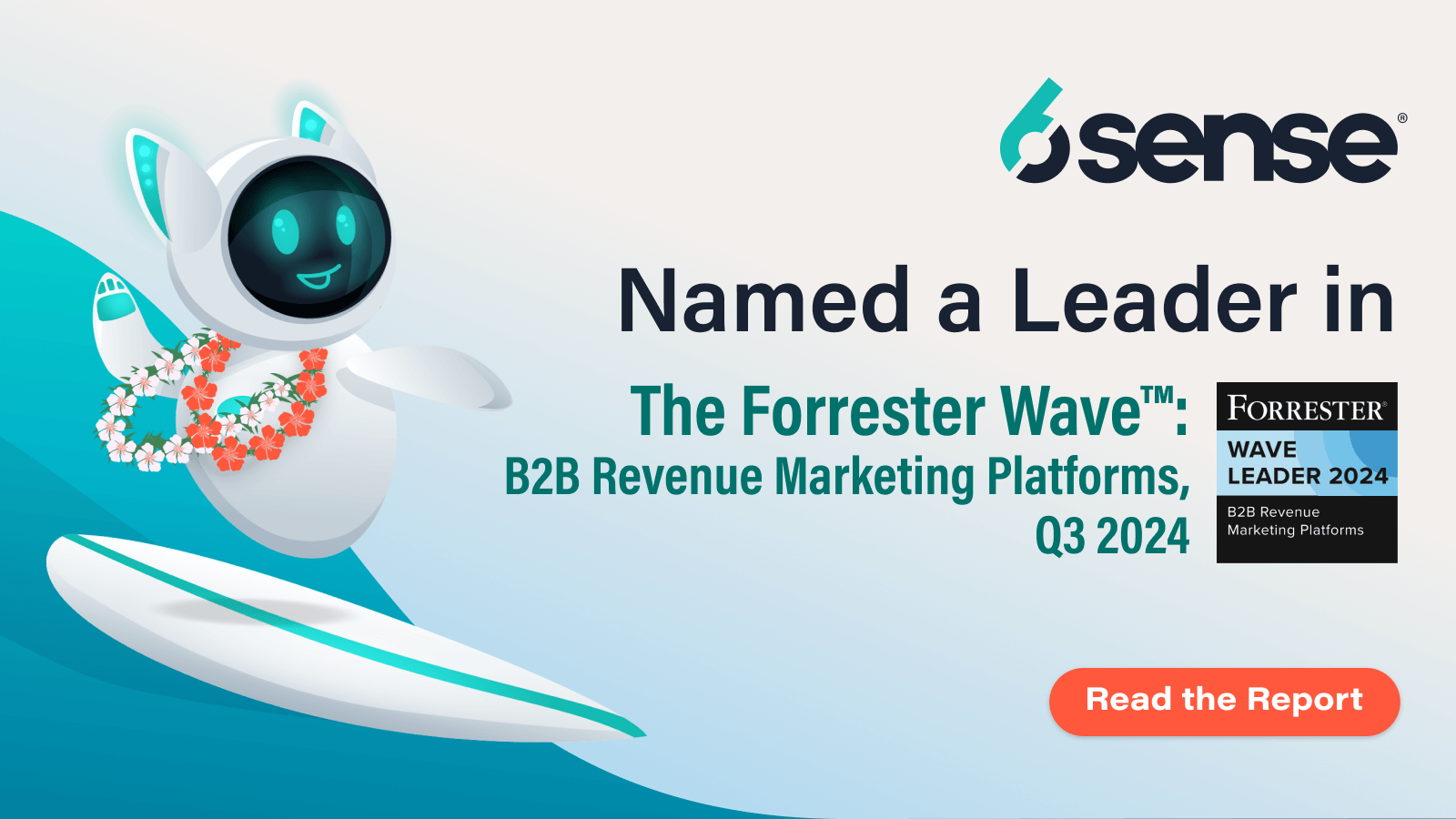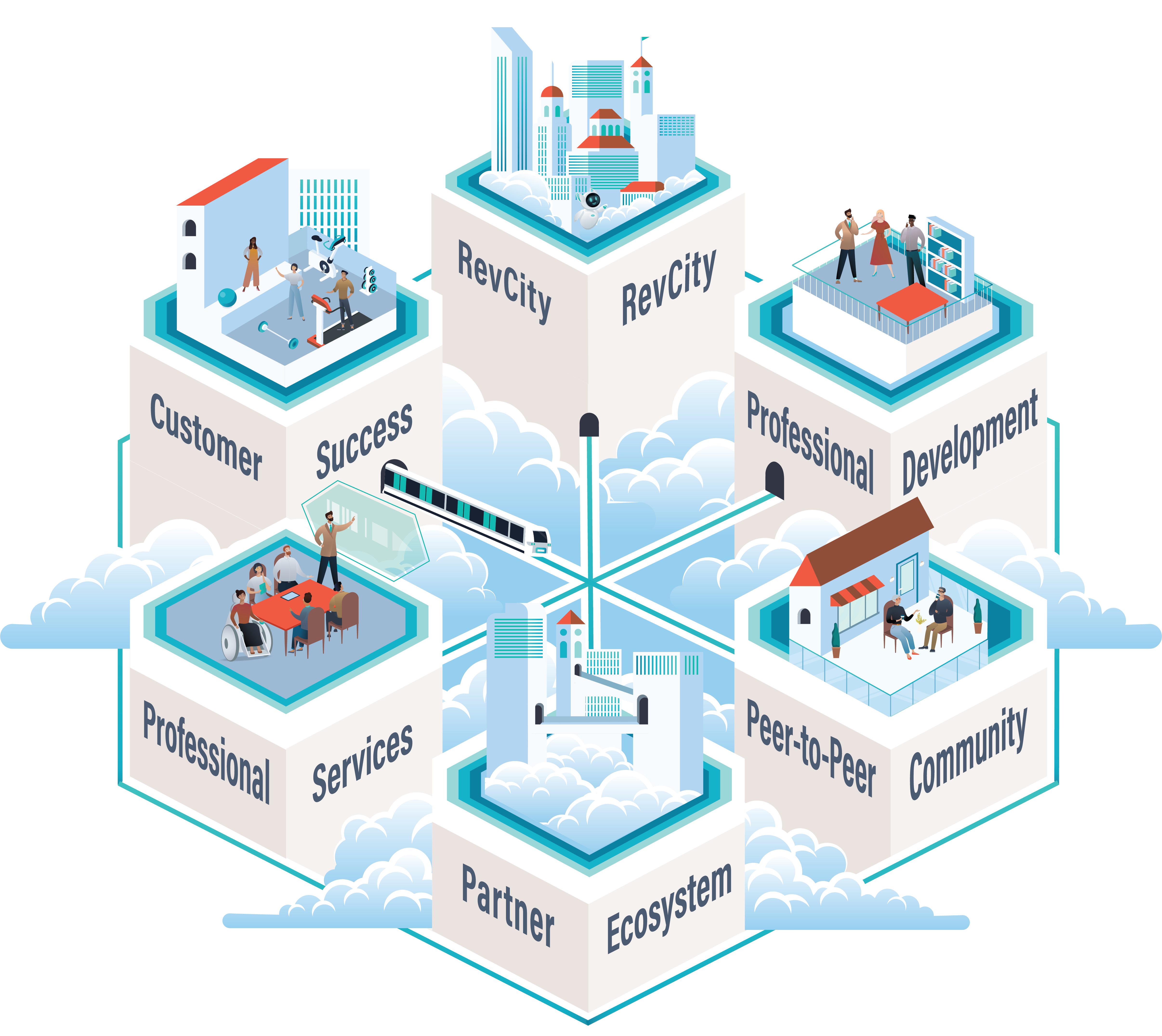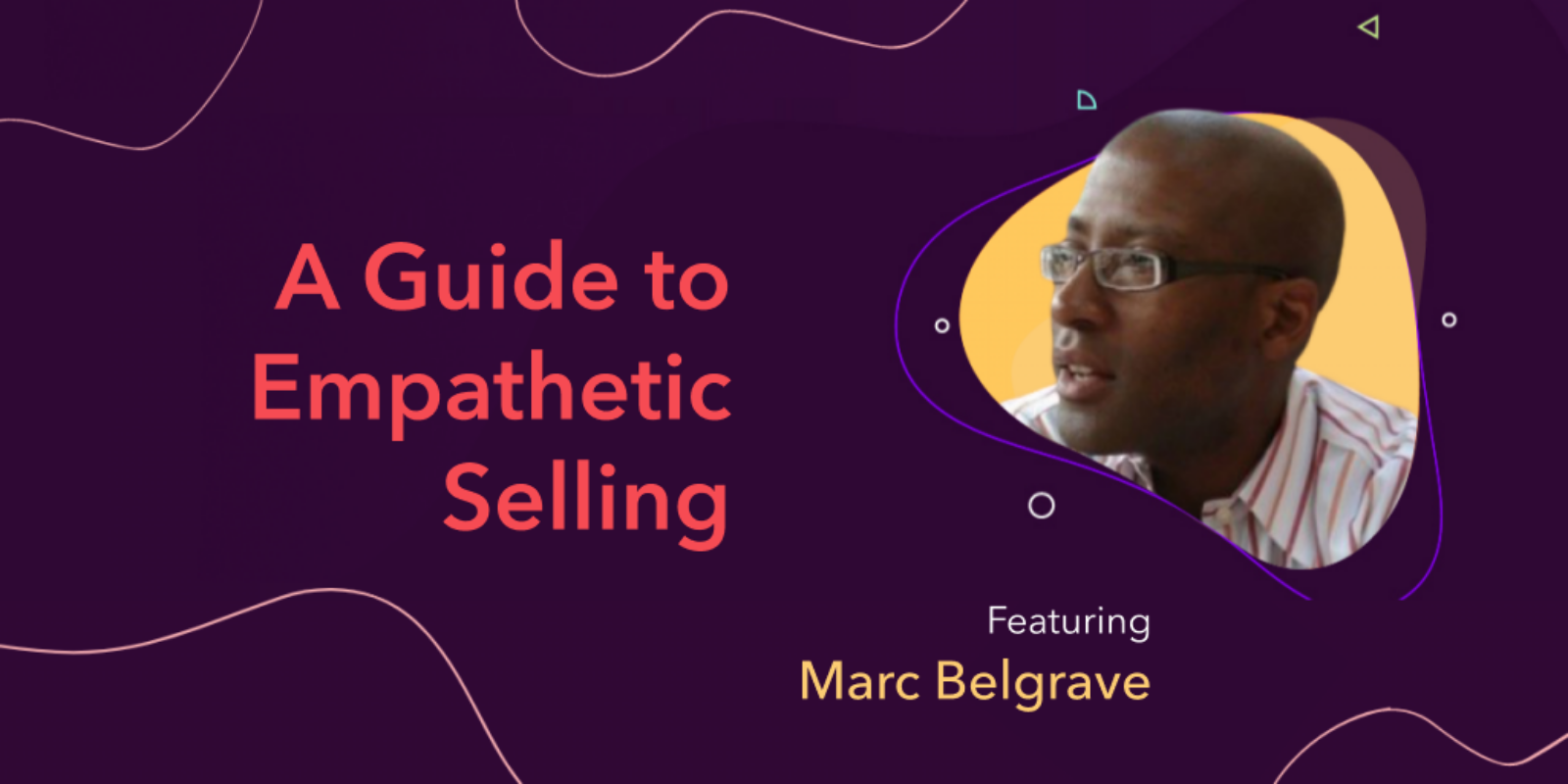Sales success isn’t just about understanding the customer’s needs — it’s also about being able to relate to them. Empathy in sales is the key to creating meaningful connections and lasting relationships with customers.
What is Empathy?
At its core, empathy is understanding what it’s like to be in someone else’s shoes. It’s about the ability to put yourself in someone else’s position and understand why they’re feeling the way they are. Empathy is an essential skill for salespeople, as it allows them to better understand their customers and make more meaningful connections with them.
How Important is Empathy in Sales?
Empathy is one of the most important qualities a salesperson can have. According to Marc Belgrave, Growth Advisor at GrowthRobot, “Empathy is the #1 trait that makes a great salesperson.”
Because empathy enables salespeople to anticipate what’s going on in the mind of the customer, it can also trigger empathy in the customer so that they can relate to and trust the salesperson.
How Mirror Neurons Affect Empathy
Mirror neurons are widely believed to be the neurons responsible for empathy, as well as other related concepts that arise from imitation, such as vocalizations, language, gestures, and expressions. Mirror neurons fire when you see another person experience something you can relate to.
These neurons detect similarity and relatability. When a prospect finds this similarity in you, it signals to their subconscious that you are like them. This, in turn, bolsters their trust in you.
Dr. William Maddux led a team of behavioral scientists and conducted an experiment on MBA students to understand the role of mirroring in business.
He asked the students to participate in negotiation exercises and asked some of the students to subtly mimic the actions of those that they negotiated with. The results were astounding.
The students who didn’t mimic those that they negotiated with reached an agreement only 12% of the time. As for those that did, they reached a successful agreement a whopping 67% of the time.
That’s how powerful mirror neurons are.
How Can Salespeople Leverage Empathy?
Can somebody really learn empathy in sales? Isn’t it supposed to come naturally to us? Belgrave explains it this way:
“Empathy is 50% nature and 50% learning. Most people are naturally empathetic. And most others can acquire it with a bit of practice.”
Using empathy to make sales connections isn’t as simple as adding “Hope all is well” to your emails. It’s about understanding your customer’s needs on a deeper level and being able to relate to them.
Mirroring
The best way to cultivate empathy as a habit is by making use of mirror neurons.
There are five common ways you can use mirroring in sales.
- Posture: If your prospect leans back in their chair, you can also slightly lean backward.
- Gesture: Imitate the way they nod their head and use body language while speaking.
- Rate of Speech: If your prospect talks slowly, you should also lower your rate of speech.
- Expression: Imitate your prospect’s facial expressions (as long as they aren’t negative).
- Usage: Speak your prospect’s language by noting words/phrases that they use to describe their pain points.
Listen and Apply
By understanding the customer’s needs and motivations, salespeople can tailor their pitches to the customer’s situation. For example, salespeople can use previous conversations or research to anticipate a customer’s needs and position their products or services as a solution.
Build Relationships
Salespeople should also use empathy to build relationships with customers. Empathy is a complex connection that you form with somebody over time. You can neither force it nor rush it. Sometimes, that connection is made within minutes, while sometimes, it could take a few conversations before you see it.
Prioritize empathy above all else during prospecting. Take a moment to understand your prospect and the challenges they are facing before you send them a quote. Intent data can help you begin to understand their challenges even before your first conversation.
By understanding the customer’s emotions, salespeople can create an emotional connection with them and show that they’re in tune with their needs. This will help establish trust with the customer and make them more likely to buy.
The Benefits of Empathy in Sales
It’s important to remember empathy is a two-way street and that customers will be more likely to trust salespeople who show that they understand and care about them. By being empathetic, salespeople can create meaningful connections with their customers and increase their chances of making successful sales.



